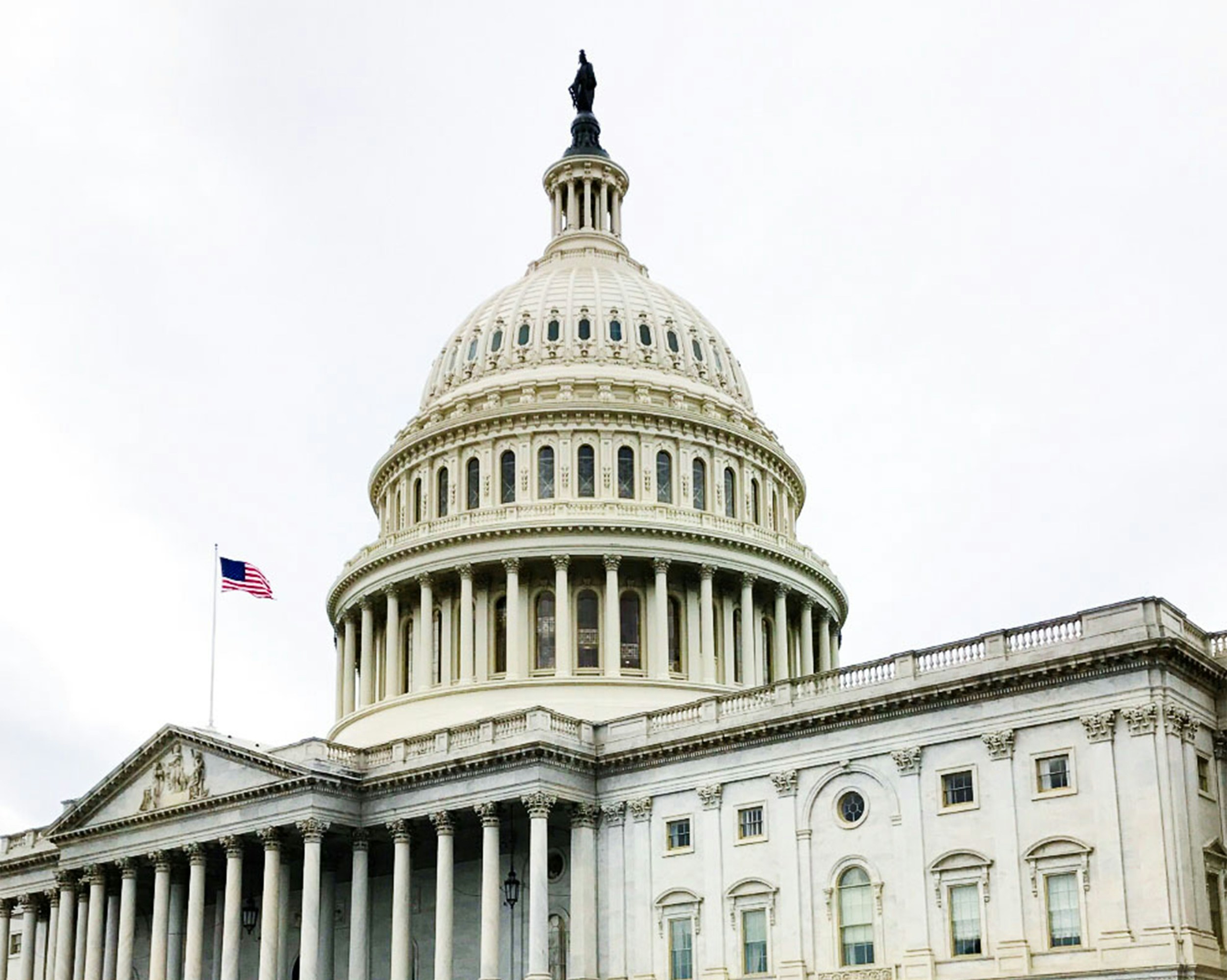
The End of the Executive Order 11246 Era
- Breaking News
April 21, 2025, marked the end of the Executive Order 11246. It was revoked by President Trump’s Executive Order 14173 of January 21, 2025, with a note that covered contractors and subcontractors could continue to comply with E.O. 11246 without penalty for the next 90 days.
Frankly, I had anticipated more of a fight to stave off E.O. 11246’s demise, if for no other reason than the number of federal and private employees it would affect. I’d also expected to hear widespread stories of contracting officers pointing to the Federal Acquisition Regulations or otherwise going rogue to demand E.O. 11246 compliance during the lame duck period, or beyond. But, none of that happened.
Here’s What Did Happen:
- On January 24, 2025, the Acting Secretary of the DOL ordered all DOL employees, including all OFCCP employees, to cease enforcement activity, including conciliation agreement monitoring, pursuant to E.O. 11246. And, this indeed came to pass, with widespread reports of conciliation closure letters being issued in early February.
- On February 15, 2025, the Civilian Agency Acquisition Council issued a letter “authorizing agencies to issue a class deviation to ensure compliance with Executive orders 14173 and 14168.” It was supplemented on February 18, 2025.
- Since then, several agencies have issued Class Deviations based on the CAAC letter, including the General Services Administration (GSA), the USDA, the Department of Commerce, and the Department of Justice. While administrative procedure nerds can debate the propriety of Class Deviation vs. notice-and-comment regulation revision, the Class Deviation is what contracting officers are using.
- The certification provision of E.O. 14173, which requires the head of each agency to include in every contract or grant award a requirement that the counterparty or award recipient certify that it does not operate any DEI program that violates federal anti-discrimination laws, has been challenged successfully, at least twice, in court. However, the results of those challenges are limited to the specific parties involved. Interestingly, I couldn’t find a provision in the above Class Deviations that referenced “DEI,” “diversity,” or “anti-discrimination.”
Executive Order 11246 is in fact dead.
What’s Still Standing?
- Section 503 and VEVRAA Plans, Recordkeeping, and Outreach. While the Trump Administration has indicated a desire to ignore these (see the Jan. 24 memo above which held enforcement activities under these statutes in abeyance), they are statutes and changes to the regulations implementing the Plans and outreach for these statutes would have to be revised with a notice and comment period. The CAAC and Class Deviations all expressly affirm that Section 503 and VEVRAA are not affected.
- Uniform Guidelines on Employee Selection Procedure. I’ve written a primer on them here, and speculated here about whether the EEOC really has authority to enforce these guidelines. I certainly don’t think the Commission, whenever it’s up to a quorum, will try to enforce it in this Administration, but enterprising plaintiffs’ attorneys might argue, particularly in a class failure to hire/promote case, that lack of compliance with UGESP was a deliberate choice to ignore government guidelines to avoid creating evidence of discrimination. Federal contractors face an interesting choice to continue collecting race and sex information from applicants on the basis that its necessary for UGESP compliance or discontinue it because E.O. 11246 is no longer the law of the land. If you choose to continue collection, make sure (now more than ever) that this data is restricted, electronically and physically, to those with a need to know (which is never the hiring manager, and never in the personnel file).
- Title VII EEO-1 reporting. Employers with 100 or more employees are subject to a real regulation, supported by a statutory grant of authority, to report employees in each EEOC job group by race and sex and to report applicants and selected individuals for apprenticeships and training programs. However, if the EEO-1 portal doesn’t open (last year it was open from April 30-July 9, though it doesn’t operate on a firm annual schedule), we’ll have a tree falling in the forest situation.
- Any sort of voluntary protected status analysis. The plan structure and requirements springing from E.O. 11246 were awful ways to go about a legitimate business purpose. They were logically and statistically questionable; required lengthy, outdated and useless reports; relied on a monolithic view of minorities generally; and were founded on the premise that women and minorities (again, collectively) were inherently in need of government protection or employer favoritism to advance. They left out obviously valuable analyses, like having an employer compare their actual applicant pool to the census data in the recruitment area. They could be manipulated. And, since the Plan was required, it couldn’t be privileged or confidential, even if an attorney created it. Removing E.O. 11246 means contractors can stop wasting resources on using the wrong data to answer the wrong questions, and they can get an attorney-client privileged and confidential response to questions like:
(1) Is any job title in the organization vulnerable to claims of systemic discrimination?
(2) Are my recruiters (internal or external) failing to reach any particular demographic of qualified applicants in my recruitment area for particular job titles/groups?
(3) Will the method I’m about to deploy for a reduction in force have a disparate impact on a protected group?
(4) Is employee compensation reliably related to non-discriminatory factors like education, time with company, time in position, performance evaluations, management-level, location, etc.?
(5) Is the retention rate for employees in a particular job title or group substantially different for members of one or more protected groups?
If you have any questions or would like additional information, please contact Whitney Brown at (205) 323-9274 or wbrown@lehrmiddlebrooks.com.





